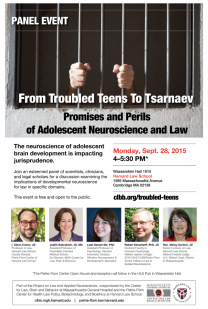In the case of the death of one-year-old Kelci Lewis, an eight-year-old boy is being charged with murder. No adults were present, and the case hinges on the account of six-year-old who was also in eight-year-old’s care that night. Alabama is one of 30 states with no minimum age for criminal responsibility.
By Amanda Holpuch | The Guardian | November 15, 2015
The neat green trim on the Birmingham home matched the color of the bountiful trees hanging over its roof. There were stones plastered across the front of the residence so that children inside could imagine that they lived in a castle. A neighbor said that the sloped yard served as terrain for children to slide down on pieces of cardboard – “typical kids”, he said.
In one of the most dangerous big cities in the country, Second Avenue South is a relatively safe place during the day. But at night, a neighbor warned, “the goblins come out”.
He himself was newly out of prison and warned of neighborhood cliques who prowl the Alabama neighborhood when it is dark to defend their territory. But one night last month, the night-time horror was of a different nature and the placid-looking, green-trimmed house was the crime scene. Continue reading »




